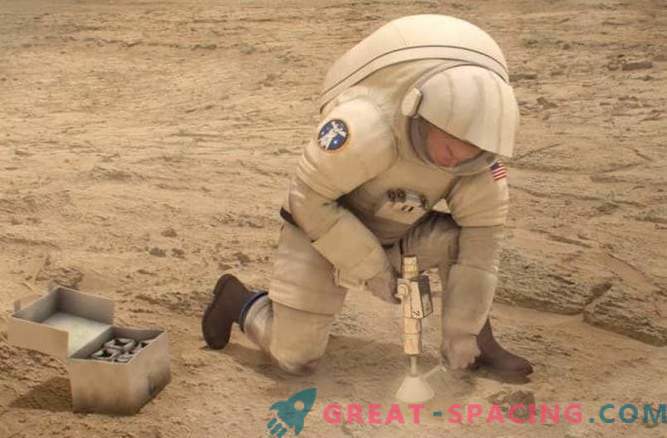
The new polymer technology developed by NASA can have a significant impact on the treatment of various injuries, both here on Earth and on Mars when we get there.
Imagine that a NASA voyage to Mars was approved, and you are an astronaut roaming the Red Planet in the 2030s. Or you get there on the first SpaceX Interplanetary Transport System. And during your usual activities on Mars (for example, drilling rock samples), you lose your balance, fall and severely damage your leg.
Undoubtedly, the team will be attended by experienced doctors who must ensure your survival (after all, how much money it took to get you there!). But it would be great if there was a technology that could heal wounds in an accelerated process so that you could get back to work as soon as possible.
One of the options for this technology can be electric gauze. NASA is working on the creation of a new technology and the first results already show the prospects for such an impact for terrestrial athletes. As for our future Martian astronauts, the behavior of blood can change if gravity changes. So there is no firm reason to think that technology can perform its functions on other planets. “We now have a technology that can have a major impact on the healing of wounds of all kinds,” said Emily Mia Sioshi, a scientist at NASA's Langley Research Center, in a video published by the agency.
“The uniqueness of the material lies in the fact that it is electroactive. This means that in order to create tension, it is enough to perform any physical action (warm it, press, apply any load or just blow), ”added Sioshi. And yes, body temperature is enough to activate it, which will help to seal the wound.
NASA has developed a process for applying stress, which resembles how a polymer is pushed out of a syringe and fiber is created. If the fibers are aligned correctly, the cells on the wound use them as building materials, helping the wound to heal faster. This is shown by preliminary studies. One of the easiest ways to level is to place them in a gauze or bandage, which will also protect the wound and reduce the infection, added Sioshi.
“The new device provides a simple and inexpensive means for producing fibers with controlled diameter, porosity and thickness,” writes NASA in a statement.











































